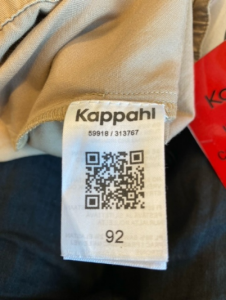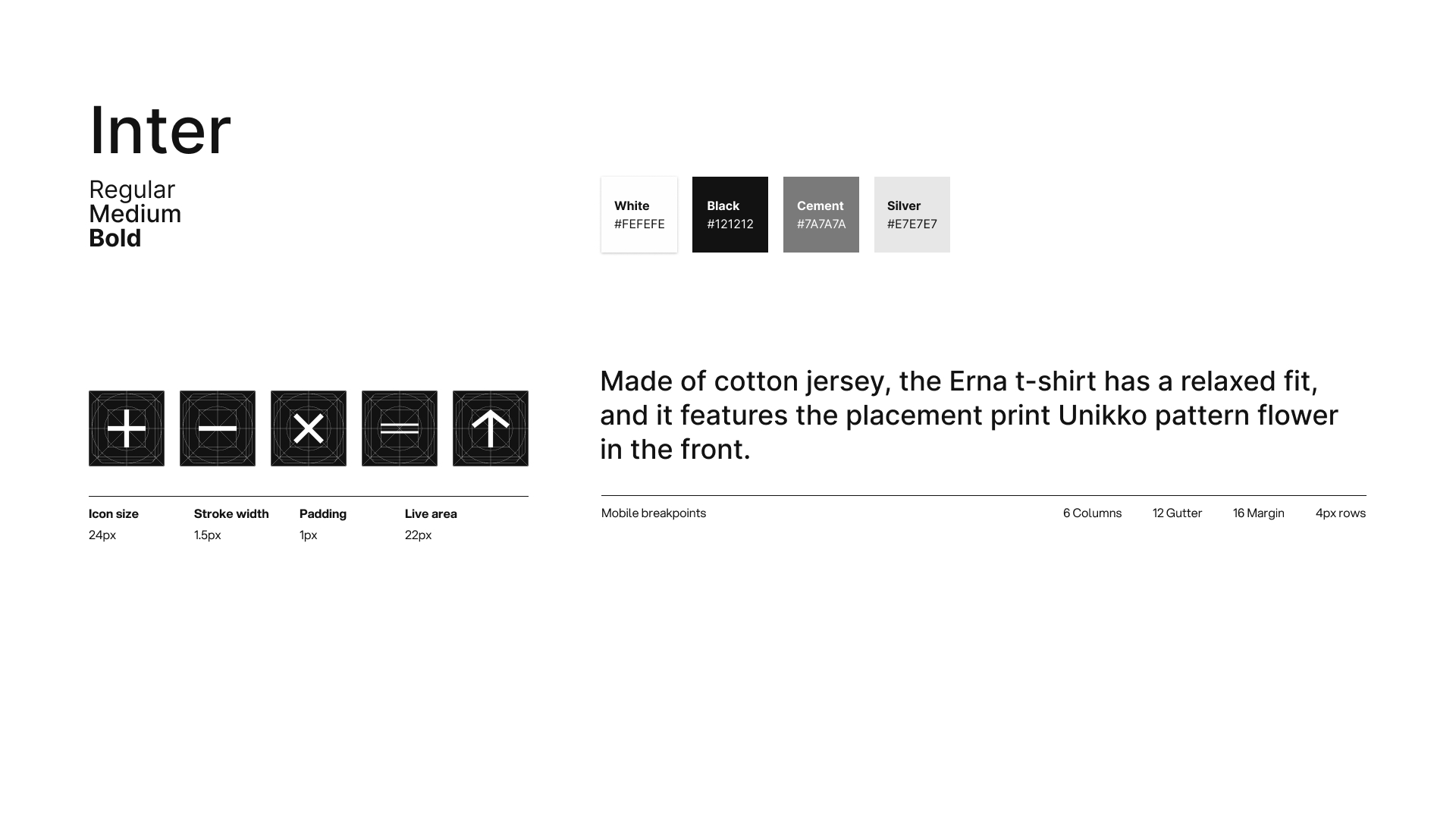Digital Product Passport
Enhance transparency, traceability, and sustainability in the textile supply chain
Timeline
3 months
Tools
Figma
Team
Myself (Design), Product Manager, Developers
Role
UX Designer
🧭 Overview
The Digital Product Passport (DPP) project was aimed at enabling transparency, traceability, and sustainabilityacross the textile supply chain. In response to EU regulations and evolving consumer expectations, this initiative allows garments to be tagged with a QR code or NFC chip, providing access to a product’s verified history and impact.
🎯 Problem
Despite growing interest in sustainable fashion, brands struggle to meet compliance standards and provide transparent product information due to:
Fragmented supply chain data
Inconsistent record-keeping across stakeholders
Rising pressure to comply with EU Circular Economy regulations
✅ Goals
Empower consumers to make informed purchasing decisions through accessible lifecycle data
Help brands meet EU DPP compliance requirements efficiently
Strengthen consumer trust through transparent supply chain storytelling
💡 Solution
A digital passport system embedded into each garment—accessible via QR code/NFC—that displays:
Origin of raw materials
Supplier and factory information
Certifications (e.g., GOTS, OEKO-TEX)
Recyclability and care info
Product lifecycle data
✍️ My Contributions
1. Consumer Experience
Designed a clean, scannable mobile interface for customers accessing DPP via QR/NFC.
Simplified content layout for easy readability of product origin, materials, and certification.


2. Admin & Brand Experience
Created screens for user roles, permissions, and onboarding.
Designed a Product Data Upload workflow enabling brands to enter and manage traceability data with structured validations.
3. End-to-End Collaboration
Translated product manager’s user research into design hypotheses and user flows.
Created wireframes and high-fidelity prototypes for both mobile and web.
Facilitated design-review loops with stakeholders, refining based on technical feasibility and user feedback.
Worked with frontend developers for smooth handoff and spec alignment.
📈 Impact
✅ Boosted Consumer Trust: Users gained confidence in brand claims by accessing credible data in seconds.
✅ Simplified Compliance: Brands were able to preemptively align with upcoming EU Digital Product Passport regulations.
✅ Elevated Brand Storytelling: Highlighted ethical sourcing and sustainability practices—helping build goodwill and long-term loyalty.
🔍 Reflections
This project helped me deepen my skills in regulatory UX, data integration, and cross-functional collaboration. Designing for both end-users and compliance officers taught me how to balance clarity, legal requirements, and business needs.
Why this Project?
Consumers are increasingly environmentally conscious, seeking products that are:
- Sustainable: Responsibly made with minimal environmental impact.
- Transparent: Provide clear information about their origins and supply chains.
- Regulation-Compliant: Adhere to EU guidelines for product traceability and circular economy goals.
However, fragmented supply chains and inconsistent data sharing make it challenging for companies to meet these expectations.
Solution
The Digital Product Passport (DPP) project addresses these challenges by tagging garments with a QR code or NFC tag. This gives consumers instant access to verified details about the product’s lifecycle, materials, and sustainability.
Key Features:
- Transparency: Consumers can scan QR codes to learn about product origins, materials, and sustainability claims.
- Data Integration: Centralized platform consolidates supply chain data with real-time updates.
- Regulatory Compliance: Aligns with EU sustainability requirements, ensuring products meet upcoming regulations.
Process Highlights
Collaboration with Product Manager:
While the product manager conducted user research and defined the problem, I focused on translating these insights into actionable, user-centric designs.Design & Prototyping:
Created wireframes and high-fidelity prototypes for consumer and admin interfaces.
Worked iteratively with stakeholders to refine designs based on feedback and technical feasibility.Development Collaboration:
Partnered with developers to ensure smooth implementation of design specifications and usability.
My Contributions
1. Consumer App Design
2. User Management Screen
3. Product Data Upload
Styleguide

Consumer App
Brand Side Interface
